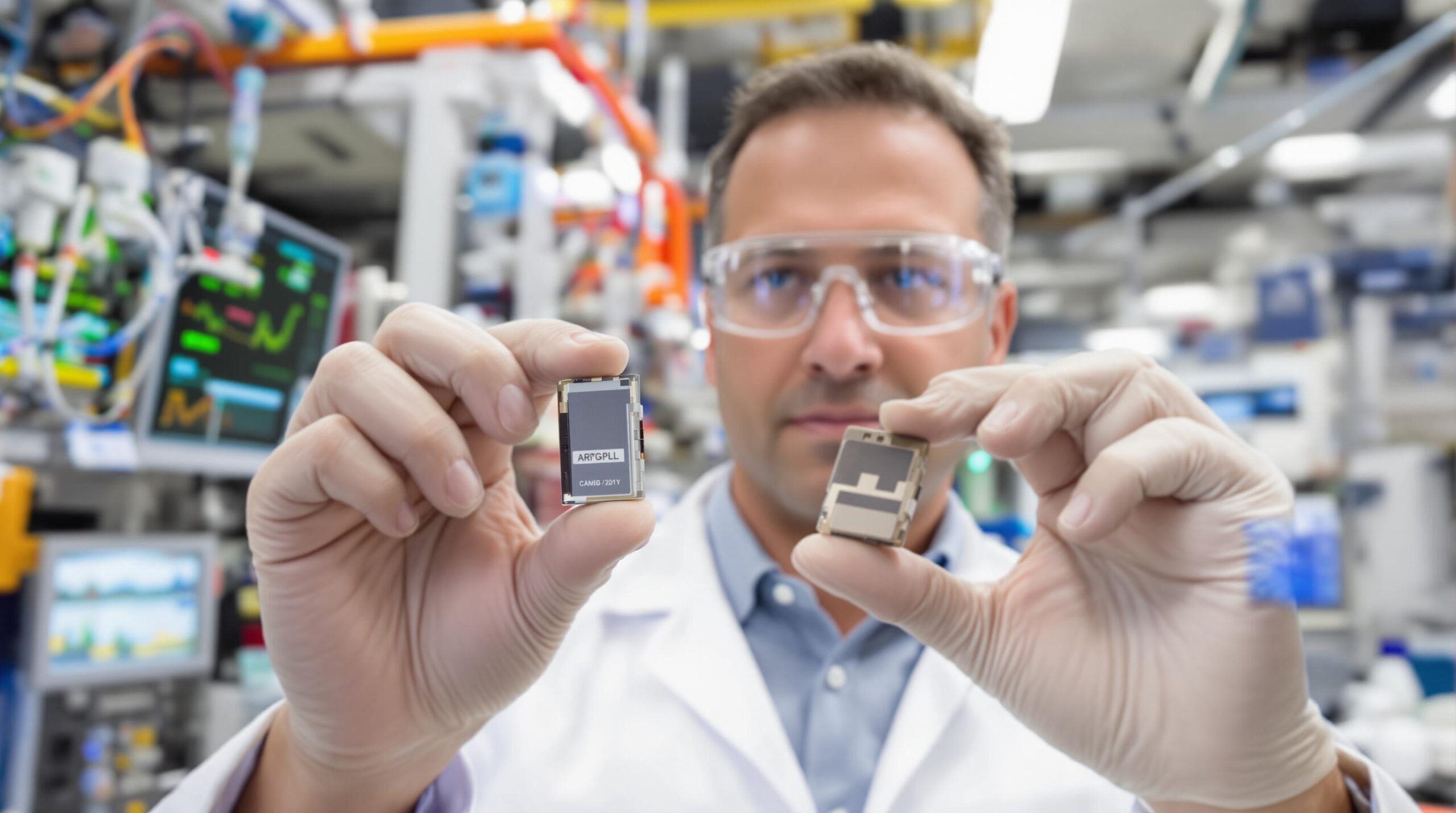Smart devices have become essential in modern life, powering daily communication, entertainment, and work. However, limited battery life often disrupts productivity and convenience. A revolutionary breakthrough in battery technology promises to transform the way users experience smartphones, tablets, wearables, and other electronics.
The Problem with Existing Batteries
Most smart devices currently rely on lithium-ion batteries. These have powered mobile technology for over two decades. While lithium-ion systems are reliable, they suffer from significant limitations. As devices become more powerful, their energy demands increase, but battery improvements have failed to keep pace.
Users often complain about the inconvenience of recharging their phones or watches daily. Over time, batteries also degrade, holding less charge and reducing device performance. Heat, frequent charging cycles, and deep discharges accelerate this process, forcing many to replace products sooner than desired.
Emerging Battery Technologies
Researchers worldwide are working tirelessly to overcome these obstacles. Their efforts focus on creating batteries that last longer, charge faster, and degrade more slowly. Several innovative approaches are showing great promise for the future of personal electronics.
Solid-State Batteries
Solid-state batteries replace the liquid electrolyte in lithium-ion designs with a solid material. This shift allows for higher energy density, which means batteries can store more energy in the same space. This technology also eliminates the risk of battery fires, which sometimes occur when liquid electrolytes overheat or malfunction.
Companies are racing to commercialize solid-state batteries for consumer devices. These batteries show less degradation over time and offer improved safety and performance. Users can expect longer-lasting devices requiring fewer charge cycles.
Silicon Anode Batteries
Traditional lithium-ion batteries use graphite anodes, which have limited energy storage capacities. Silicon anodes can store much more lithium, dramatically increasing the battery’s total capacity. Researchers face challenges as silicon expands during charging, which can damage the battery’s internal structure.
Recent innovations have focused on engineering silicon particles and flexible binders to accommodate this expansion. Early prototypes indicate significant gains in both capacity and longevity. Smart devices powered by silicon anode batteries could run for several days between charges.
Graphene-Enhanced Batteries
Graphene is a remarkable material composed of a single layer of carbon atoms. Its structure offers excellent conductivity and incredible strength. Incorporating graphene into battery components improves energy storage efficiency and significantly accelerates charging times.
Laboratory results suggest that graphene-enhanced batteries can charge in minutes instead of hours. Integrating this technology could completely change the user experience, especially for those who rely on fast, reliable power throughout the day.
Key Benefits of the Breakthrough
The latest advances in battery technology promise a range of direct benefits for consumers. Extended battery life leads the list, but the improvements go even further. Device makers anticipate that future products will also become safer, lighter, and more sustainable.
Longer Use Between Charges
Perhaps the most significant promise is increased battery capacity. With more efficient batteries, users can operate smartphones or tablets for much longer on a single charge. This is especially important as mobile apps and features become more complex and resource-intensive.
Faster Charging
Some next-generation batteries charge in a fraction of the time required for today’s lithium-ion systems. Quick charging benefits busy people who depend on their devices for work or travel.
Consumers will have fewer interruptions and the freedom to power up during short breaks. This advancement also supports new usage habits, such as on-the-go charging with small power banks.
Greater Durability and Safety
Many improved battery designs resist overheating and fail less often. This dramatically reduces risks associated with damaged or malfunctioning devices. Solid-state options, in particular, do not rely on flammable liquids, offering manufacturers a safer alternative to today’s standards.
Environmental Impact and Sustainability
In addition to performance benefits, new battery technologies address environmental concerns. Traditional batteries present pollution risks due to hazardous materials and complicated disposal procedures. Improved batteries use safer, more sustainable materials that are easier to recycle.
Increasing battery lifespan means fewer replacements, reducing electronic waste in landfills. Many battery innovators are also considering how to source raw materials responsibly. Sustainable practices include using recycled inputs and minimizing reliance on scarce resources.
Real-World Applications and Industry Response
Consumer electronics manufacturers are already testing prototypes of advanced batteries in smart devices. Companies like Samsung, Apple, and Xiaomi aim to release products with revolutionary battery life within the next few years.
The automotive industry stands to benefit from these innovations as well. Electric vehicles require safe, high-capacity batteries with rapid charging needs that overlap with those of smart devices. Improved batteries could also power drones, smart wearables, and even future medical implants.
Challenges to Widespread Adoption
Despite encouraging results in laboratories, manufacturers face challenges before these batteries reach everyday consumers. Mass production of new battery types requires retooling factories and securing reliable supplies of advanced materials. Ensuring consistency and quality at scale is a complex task for battery makers.
Cost is another concern. Early versions of new batteries sometimes come at a premium, which could affect device pricing. Over time, increased adoption and improved manufacturing are expected to bring costs down, making battery breakthroughs accessible to more users.
The Future of Smart Devices
With these breakthroughs on the horizon, the boring routine of frequent charging will likely soon be a memory. Advances in battery technology will allow electronics and wearables to become more portable, useful, and dependable than ever before.
The evolution of energy storage paves the way for devices that better match the pace of modern life. As manufacturing challenges are overcome, users can look forward to truly long-lasting smart devices, unlocking a new era of digital possibilities.

